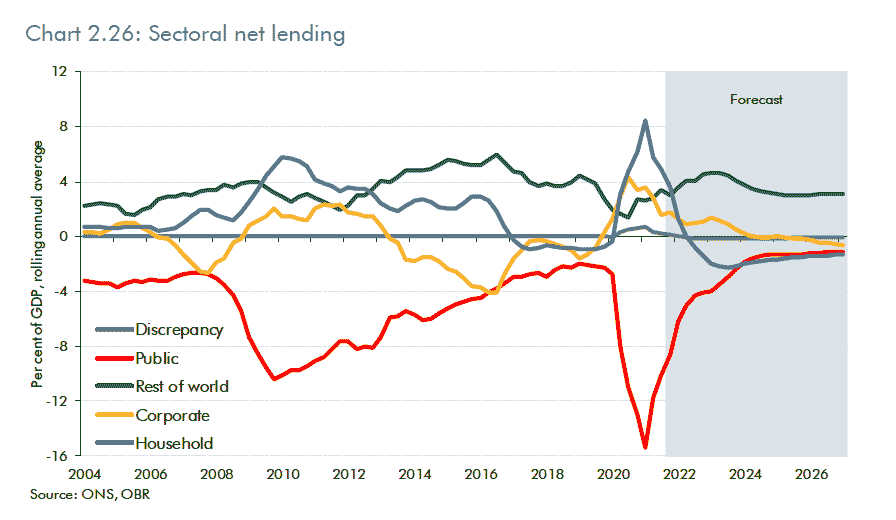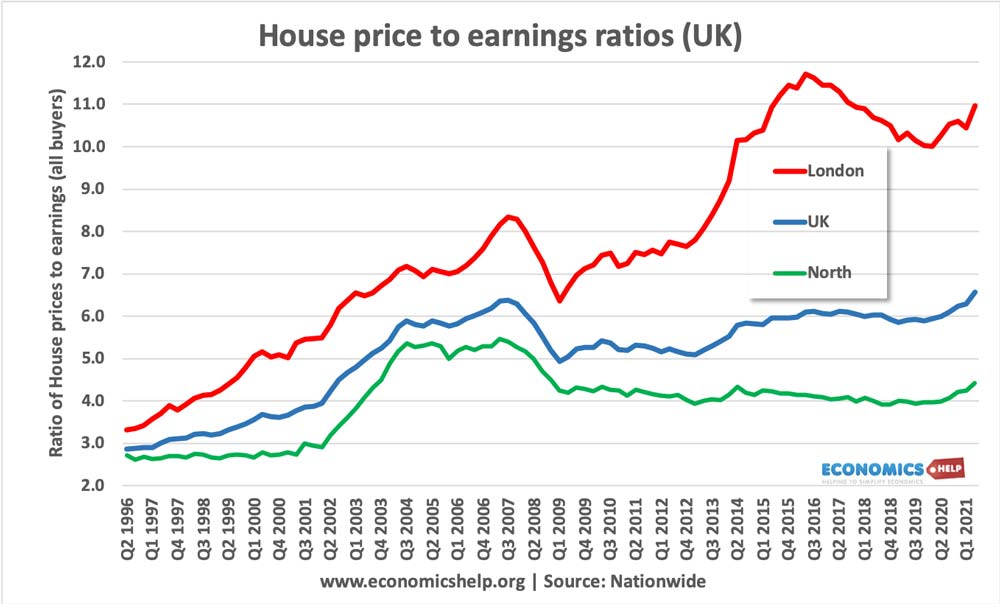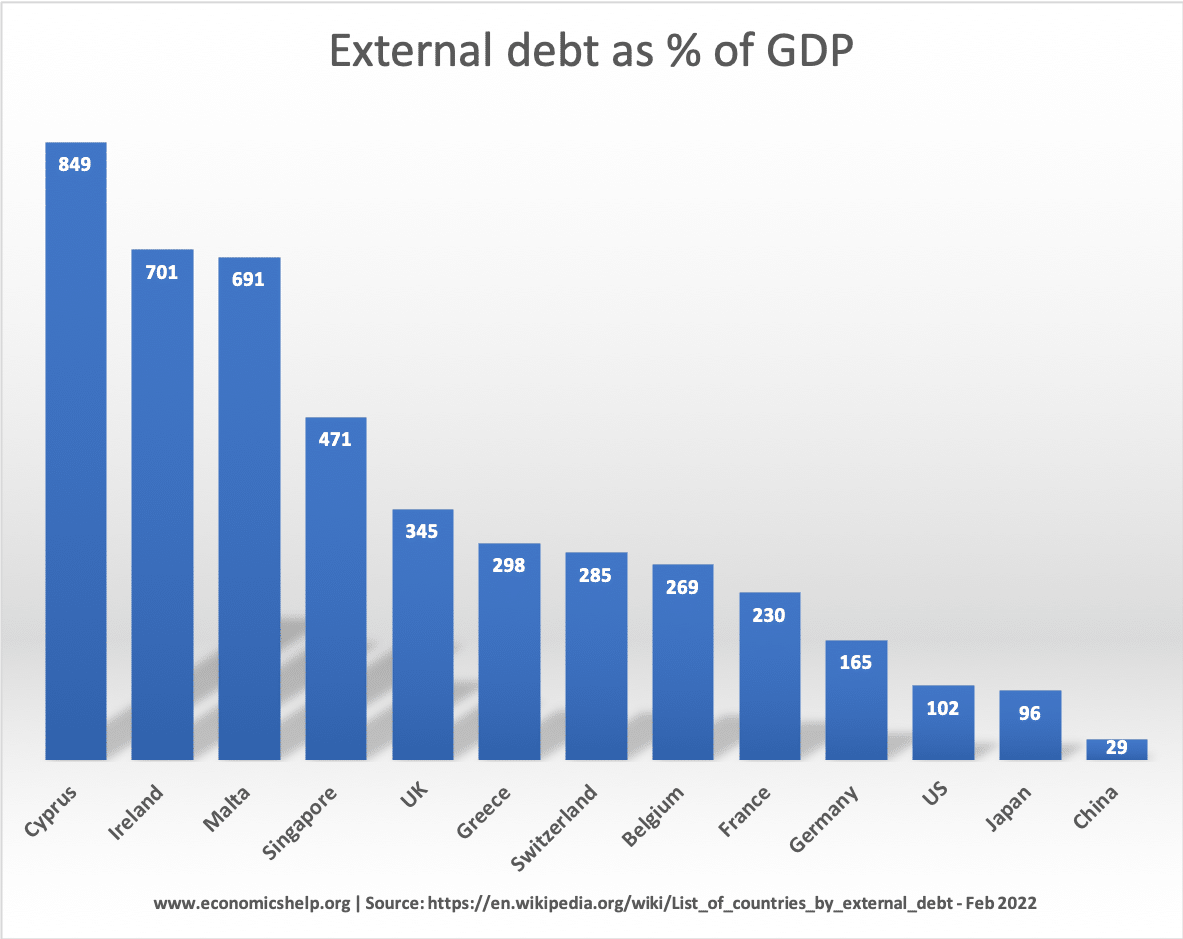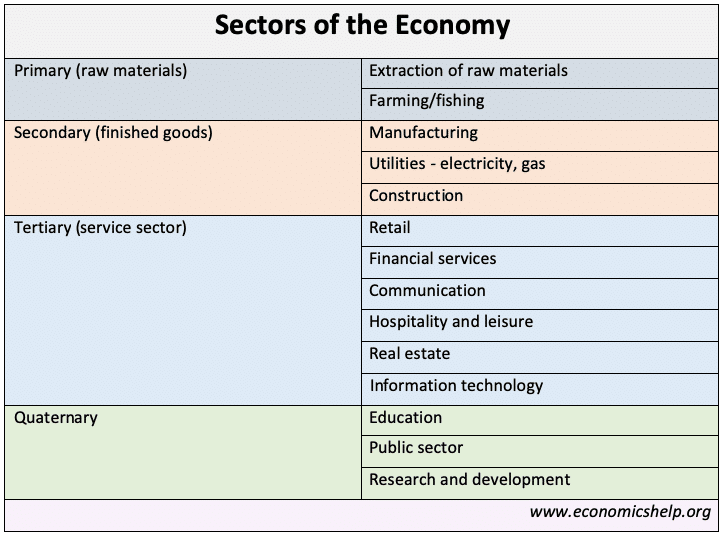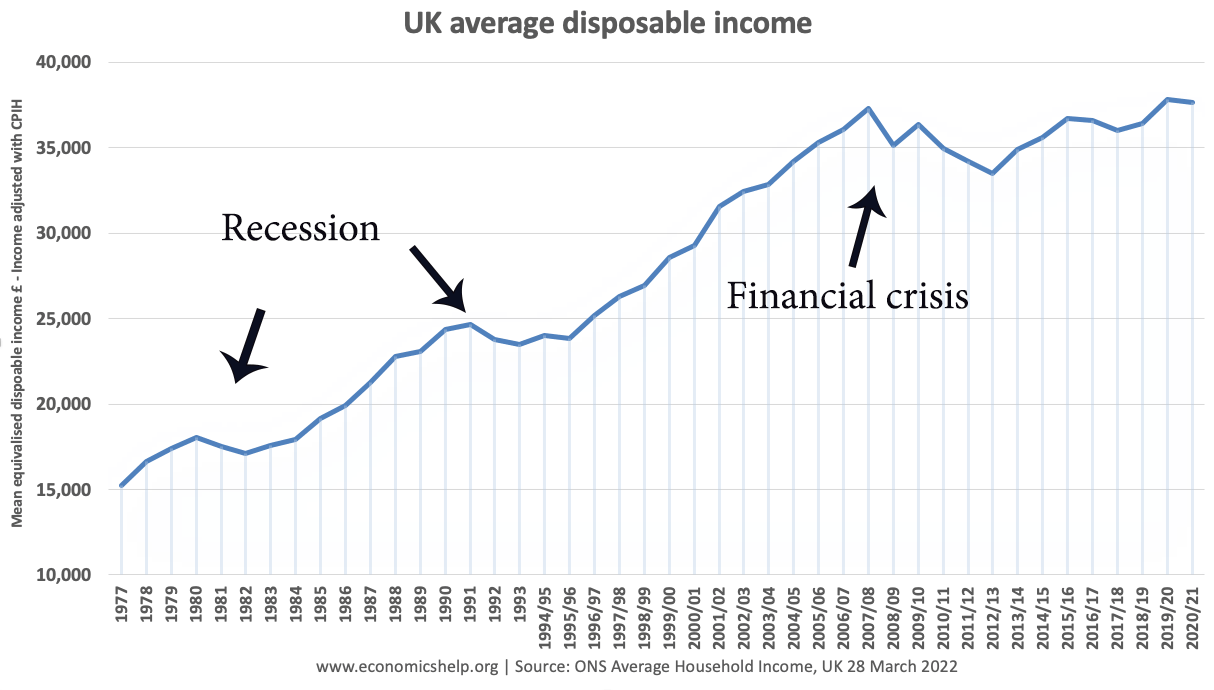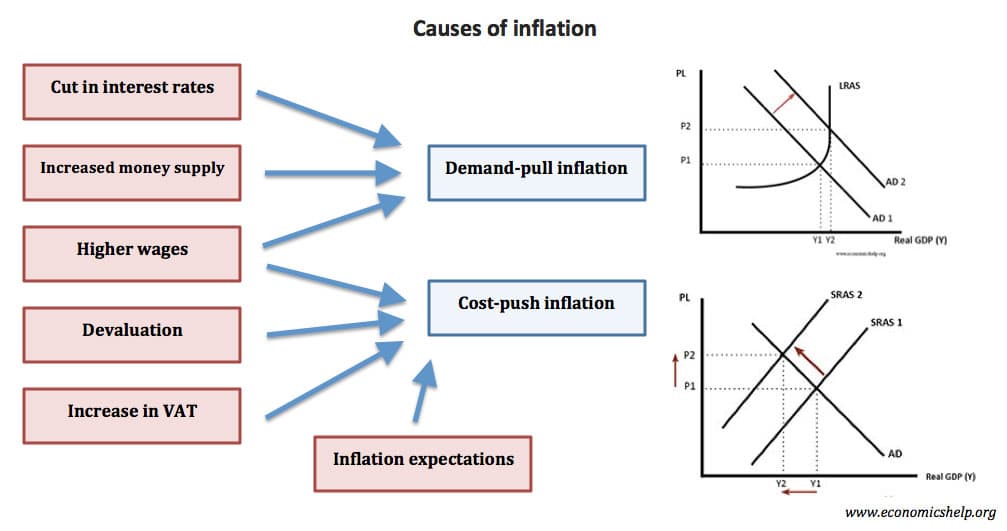Net lending and borrowing in UK by sector
A graph showing net lending (+) and net borrowing (-) by sector in the UK economy. This shows how public borrowing is mirrored by a rise in private sector (household+corporate) saving. The two extremes are the financial crisis of 2009 and Covid lockdowns of 2021. In both cases, these events led to a rise in …

